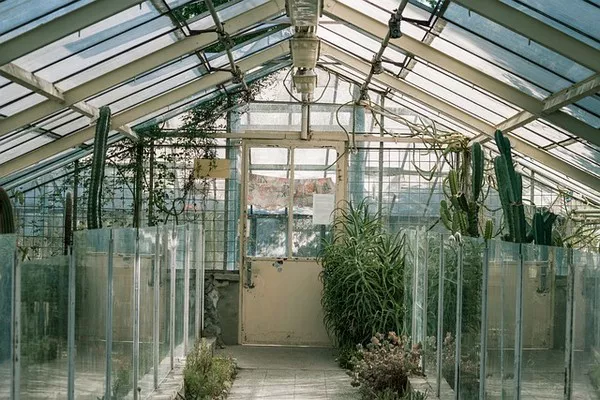In the pursuit of thriving greenhouse crops, Claudia Weick, an expert from Intrahorti, emphasizes the critical importance of impeccable cleanliness and disinfection protocols. She underscores that achieving a flawless 100% cleanliness level is paramount, as even a 99% cleanliness standard may leave dormant pathogens that could resurface and threaten subsequent crops.
Ms. Weick shares five key considerations for implementing a comprehensive crop rotation strategy:
1. Thorough Cleaning Precedes Effective Disinfection
Ms. Weick reminds greenhouse operators that disinfection alone holds no merit without meticulous cleaning. Disinfectants primarily target the surfaces they contact and may fail to penetrate deeper layers. Consequently, while the surface might appear sanitized, lurking pathogens may remain concealed beneath contaminants. For gutter cleaning, she advises against relying solely on water and recommends considering specialized products such as Intra Foamcleaner for optimal contaminant removal.
2. Selecting the Appropriate Disinfectant
Tailoring the choice of disinfectant to the specific pathogen at hand is crucial, according to Ms. Weick. She advises greenhouse managers to identify the target pathogen and select a disinfectant with the requisite properties. When dealing with viruses, it’s imperative to opt for a product specifically designed for virus elimination, complete with the correct dosage and contact time. For a versatile disinfectant effective against a wide range of pathogens, she highlights the merits of Intra Multi-Des GA, known for its low dosage and rapid contact time.
3. Uncovering Hidden Pathogens
Ms. Weick underscores the minuscule nature of bacteria, fungi, and viruses, which can remain hidden in seemingly flat surfaces. She emphasizes the importance of using products featuring effective wetting agents to reach and eliminate these concealed pathogen reservoirs. Even coated gutters, upon microscopic examination, may reveal hidden spots, she notes.
4. Scrutinize Your Water System
Highlighting the water system’s role as a potential conduit for infections, Claudia recommends periodic inspections during empty greenhouse periods. She advises growers to check for any biofilm buildup in storage tanks, emphasizing that the mere addition of clean water does not guarantee a clean system. She recommends the use of Intra Hydropure as a safe means of cleaning the water system without leaving residues, thereby ensuring ongoing cleanliness throughout the growing season.
5. Sustaining Cleanliness
Once cleanliness is established, maintaining this standard is the true challenge, according to Ms. Weick. She urges the implementation of a robust hygiene protocol during the production phase and underscores the importance of well-informed and actively engaged staff to uphold hygiene standards.
Intrahorti has developed a comprehensive Greenhouse Cleaning Protocol to further assist growers in understanding and implementing these vital recommendations. They are also available to provide guidance and address any questions greenhouse operators may have. In conclusion, Claudia Weick emphasizes that the success of a greenhouse hinges on maintaining a clean and pathogen-free environment.


